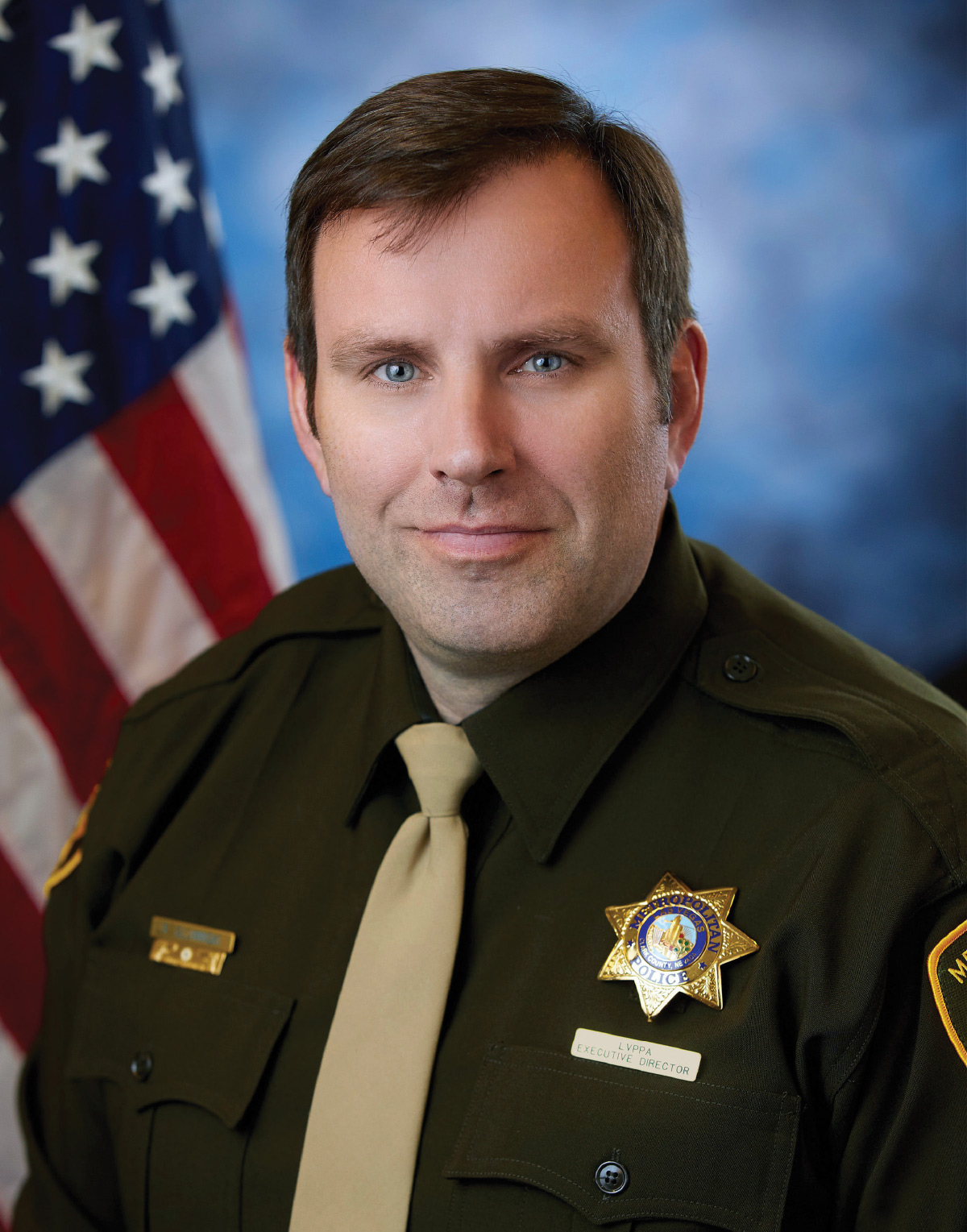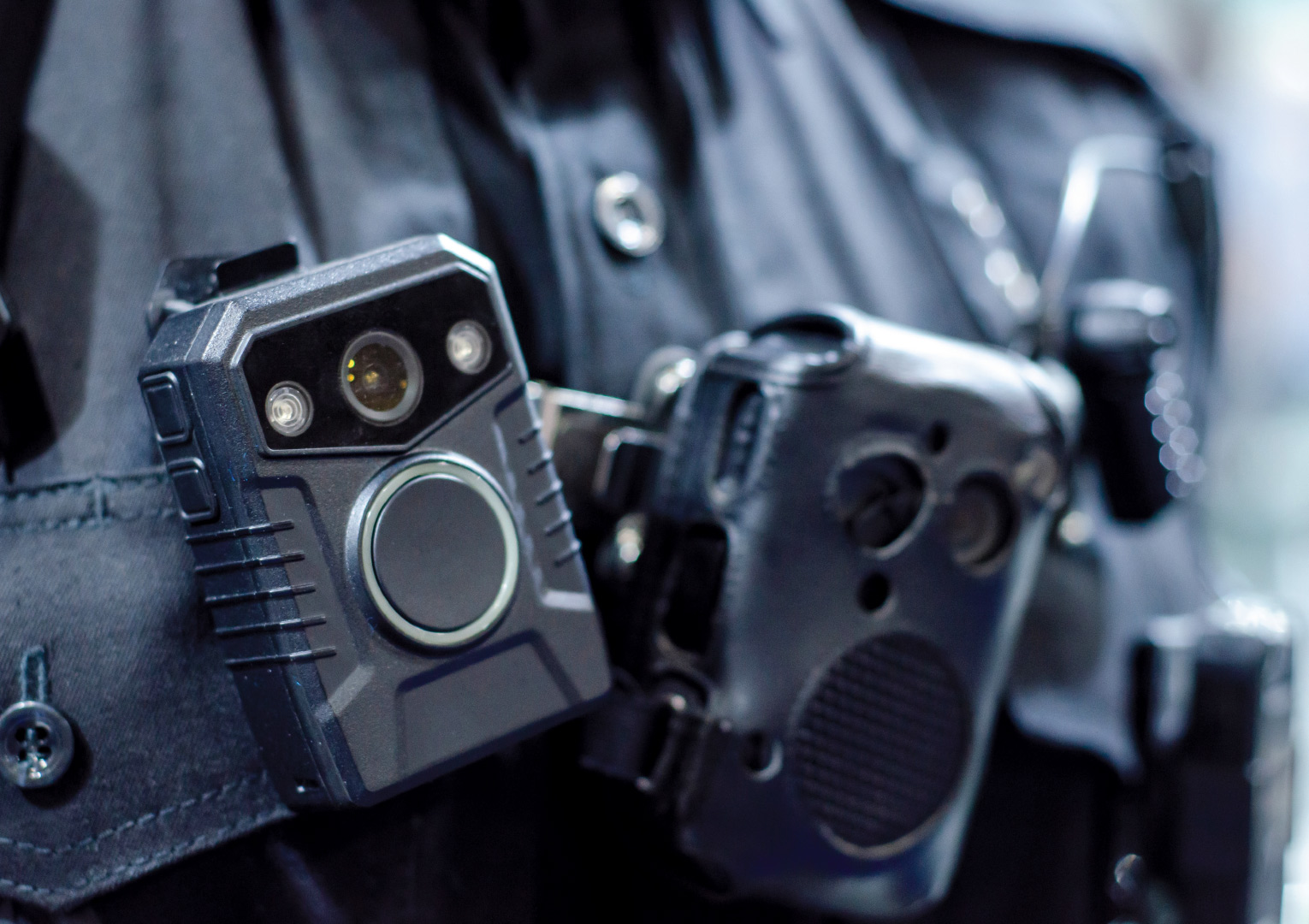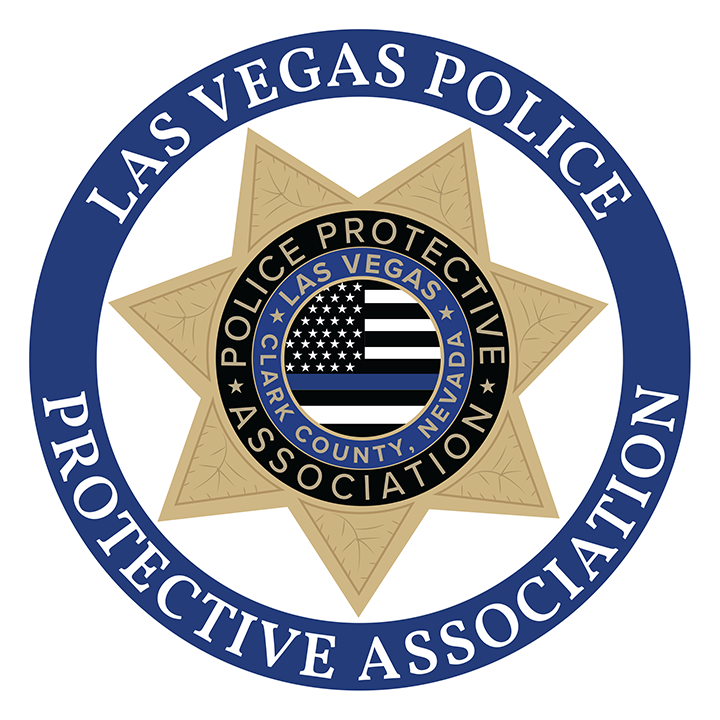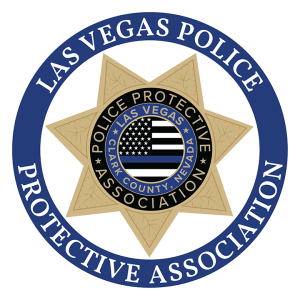
Director
Greetings! I hope this finds you well. If you pay attention to the context of our articles, you’ll notice some repetition. Although we don’t necessarily plan it this way, it should be a clue that certain topics may be important if they keep making it to print. Typically, our articles are written based on our recent experiences. Sometimes, it’s through IAB investigations, phone calls received from our members or the facts surrounding a critical incident. The topic of this issue is the body-worn camera — specifically addressing the difference between what you see and what the BWC captures.
The LVMPD currently uses BWC’s from Axon, formerly Taser. The cameras were implemented around 2016 and are mandatory for officers who regularly interact with the public (NRS 289.830). Since their introduction, the LVMPD has amended the policy on numerous occasions. The most recent edition effectively ensures the BWC will almost always be activated. There are exceptions, but not many. Essentially, your BWC must be activated from the time you are dispatched to a call until you conclude the call or citizen contact. Depending on the circumstances, all the footage may be reviewed, critiqued and potentially used in the disciplinary process.
Let’s begin with the activation itself. LVMPD policy 5/210.01, Section 1 “Activation” states: Officers will activate the BWC as soon as they are assigned a call via radio or MDT, or at the onset of self-initiated activity once safe to do so. If you do not comply with the policy, you open yourself up to discipline.
Once a supervisor or investigator has a reason to review your video, they may watch it in its entirety. For instance, if a supervisor is investigating an application of force for a Blue Team, they are not relegated to only watch the use-of-force portion. They are allowed to watch the video from the moment you activate your BWC. Even if your use of force is within LVMPD policy, your supervisor can open an SOC if they observe you speeding, talking on the phone while you are driving or using profane language during the call. The hypothetical examples are never ending. However, remember that everything recorded may be viewed by a supervisor or investigator later. Keep it professional as best possible.
Now that we know the agency is watching, what exactly are they watching? Well, they are watching what your camera records. That may seem like the obvious answer, however, what you see and what the camera records are not necessarily the same thing. The BWC has a field of view of about 140 degrees, records in high definition, compensates for low light and misrepresents distance due to a fisheye lens. Your field of view, including your peripheral vision, is less and is in the single digits when you consider where you are focusing your attention. While the viewer could see “the big picture,” they may not see your picture. You may have been focused on a single person, item or area. As a result, the viewer will observe details you didn’t but may assume you both viewed the event identically. It’s an unfair assumption to make, especially when you consider most videos viewed in hindsight are done so from the comfort of an office.
Additionally, whoever examines the video already knows the outcome or has an idea of what occurs. They don’t have the ability to watch the video with the same uncertainty you had while assigned to the call. Although you may have thoroughly documented the event in Blue Team or in an arrest report, the viewers are in a safe and secure location. It is unlikely they can replicate the environmental factors, your selective attention or how you are processing the information you are receiving from dispatch, citizens, suspects or your own observations. Despite this, your supervisor will hold you to the standard they believe is appropriate while reviewing your video well after the event. They will also identify every mistake and policy violation they observe. They will have the opportunity to stop the video, rewind it and replay it as much as necessary to document their observations.
In closing, someone’s always watching. You may not think that’s the case, but all it takes is a single action to trigger a reason for your video to be reviewed. Even though the LVMPD doesn’t currently utilize the feature, Axon does have software available that would enable dispatch or your supervisor to watch your BWC in real time. It’s been my experience that what makes most people angry is all the ancillary and tertiary complaints that arise from reviewing video. When you have a legitimate use of force and you catch discipline for speeding or some petty interaction complaint, it’s frustrating. However, that’s our fight to make. We are currently in the grievance process with the LVMPD over what we believe is an inappropriate review of BWC footage by a supervisor. Don’t let this deter you from handling your business, but be mindful that almost everything you do and say is being recorded and is available to be used by the Department. As always, stay safe and trust your training.


